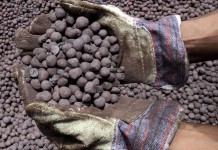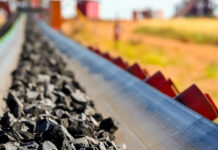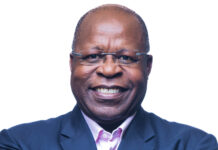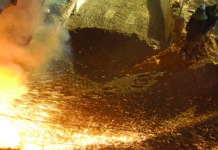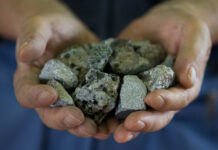
[miningmx.com] – POLITICS and business parted ways for Patrice Motsepe whose company African Rainbow Minerals (ARM) on June 19 approved its part in the building of a $329m – R3.3bn – ferromanganese smelter in Sarawak, Malaysia.
The investment will be through a consortium that also includes China Steel with a 19% stake and Japan’s Sumitomo (27%). The balance is held through Assmang which ARM controls in a 50:50 joint venture with Assore, the Sacco family company.
In terms of the proposal, Assmang will sell 300,000 tonnes of manganese ore mined in South Africa to the project, presumably at market prices. China Steel has the right to buy between 31,000 to 32,000 tonnes of ferromanganese from the project.
What’s particularly interesting about the development is that it runs conspicuously counter to the South African government’s beneficiation strategy which has earmarked steel production, and steel-feed products such as the steel strengthening properties of ferromanganese, as the centrepice of its job-creating, industrialisation policy.
Asked what he thought of the development, deputy director-general of the trade and industry department, Garth Strachan, asked for more time saying he was unaware of the pending investment by ARM.
Strachan has commented in the past, however, about the fact countries, such as Korea, have a competitive advantage in steel production even though they don’t have the natural resources – such as manganese ore – that are required to produce it.
Of course, from a business point of view, the investment is exactly the kind of thing an investor would want ARM to be doing.
It makes commercial sense to build a smelter in Malaysia because hydroelectric power there is cheap with guaranteed low price escalation. This is more than can be said for power supplied by Eskom, assuming the power is available in the first place.
Kieran Daly, head of mining research at Macquarie First South Securities Research said at first glance the investment of ARM’s R900m share in China’s backyard didn’t seem to make sense.
On closer inspection, however, the cheap power supply means the ferromanganese will be produced some 20% to 30% cheaper than Assmang’s South African smelters and therefore operate in the bottom half of ferromanganese cost curve of less than $800/t.
In any event, a prices of less than $1,000/t, the majority of Assmang’s South African ferromanganese production was loss-making and while Assmang’s South African ferromanganese capacity is about 450,000 tonnes a year, actual utilisation was closer to 200,000 tonnes a year, Daly said.
“So while the Malaysian smelter will generate a market for 300,000 tonnes/year of ore we suspect that this will be ore that would have otherwise been destined for loss-making SA smelters,’ Daly said.
“All in, Assmang will thus avoid the South African alloy loss while making good margin on the diverted ore as well as getting its share of the Malaysian smelter’s profits,’ he said.
The development was yet another signal message to South Africa.
“The numbers have to add up before investment can take place in SA,’ said Michael Kavanagh, an analyst for Noah Capital. “If South Africa wants to beneficiate minerals there has to be the groundwork first which includes cheap power.’
“We don’t have cheap labour anymore, we don’t have cheap power, while our location to certain markets is not a competitive advantage either,’ Kavanagh said. “We have to be able to create competitive advantage.’
Construction of the project was expected to begin in the first quarter of 2014 while furnace commissioning would take place in 2016, ARM and Assore said in their joint announcement.






